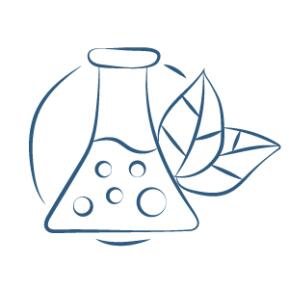-
Your concerns
Our articles to help you gain a better understanding
-
Our solutions
-
Ducray Dermatological laboratories
Testé sous contrôle dermatologique
Apaise les démangeaisons* - Cleanses - Calms itching due to dryness - Purifies - Reduces redness due to dryness - Removes flakes - Réduit les rougeurs
Le geste d'hygiène doux, régulateur et traitant spécifiquement développé pour les peaux irritées, avec rougeurs et squames (petites plaques de peau qui se détachent).
• La synergie d'actif brevetée* CICLOPIROXOLAMINE et PIROCTONE OLAMINE permet de réguler l'excès de Malassezia responsable des rougeurs, squames et démangeaisons, mais également de tâches de pigmentation comme le pityriasis versicolor
• Le gel nettoyant anti-squames KELUAL DS purifie, réduit les squames et rougeurs et apaise les démangeaisons**
• Ce produit est également parfaitement adapté pour limiter les rougeurs, squames, démangeaisons et tâches de pigmentation sur les peaux sujettes au pityriasis versicolor
Grâce à une combinaison d'actif brevetée unique, le Gel nettoyant anti-squames KELUAL DS élimine efficacement les squames, rougeurs et démangeaisons
• DIMINUE les squames et rougeurs
• PURIFIE la peau
• CALME les démangeaisons dès la première application pour une peau plus confortable et moins irritée
*brevet déposé
**liées à la sécheresse cutanée
**Selon la norme internationale OCDE 301B
¹Etude clinique sur 31 sujets, 1 application / jour visage et/ou corps, adultes / adolescents. Résultats en immédiat.
²Etude clinique sur 31 sujets, 1 application / jour visage et/ou corps, adultes / adolescents. Résultats après 21 jours d'application.

Irritated, sebaceous skin affects 3 to 5% of the population*. This condition is not linked to hyperseborrhoea, but rather to a secondary cutaneous reaction to the excessive proliferation of microscopic fungi (Malassezia genus). It manifests itself through variably scaly red patches (dead skin) which can be very itchy, located in very specific places. These are usually on the face: sides of the nose, eyelids and eyebrows or at the edge of the scalp. Beards and moustaches are also common areas for men. On the body, the area most commonly affected is the chest, and skin folds are sometimes affected (armpits, groin, under the breasts). The proliferation of some of these fungi (of the same Malassezia genus) can also cause the appearance of pigmented patches varying from white to brown, resulting in thin scales when scratched. This type of lesion is most common on the trunk (upper back and chest) and at the base of the limbs, but can sometimes be found on the head, neck and the limbs themselves. Although benign, the chronic and recurrent nature of these lesions can have a significant impact on quality of life.
*Epidemiology of seborrheic dermatitis. Dupuy A. Ann Dermatol Venereol. 2004 Jan; 131 (1 Pt2): 117-8

Use once a day
Apply once a day to wet skin
Leave on for a few moments, then rinse
Rinse in case of contact with eyes

Key ingredient known for its soothing properties

Ciclopirox Olamine combined with Piroctone Olamine works as a synergy of patented* active ingredients with fast-acting cleansing and restructuring properties. *Patent pending